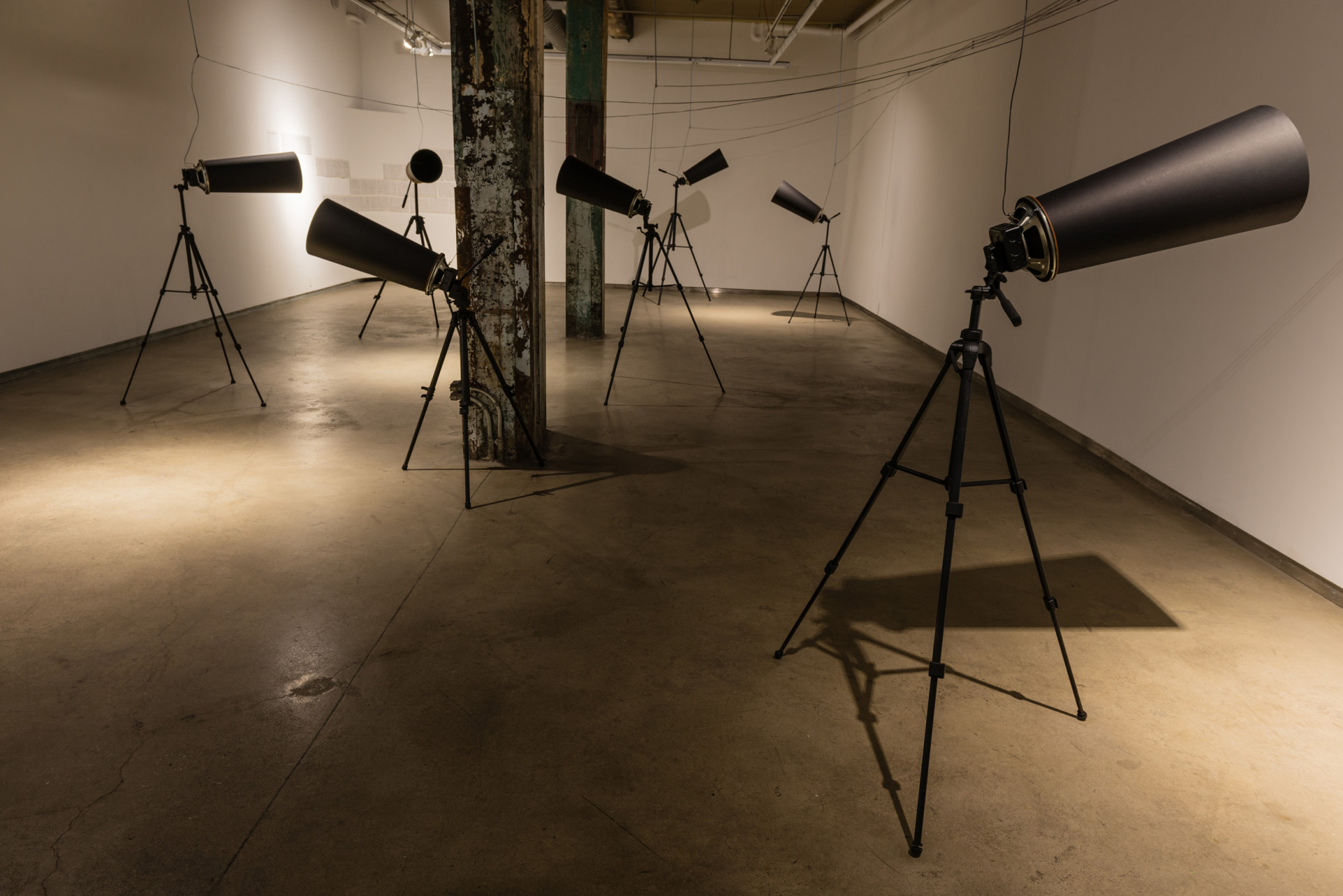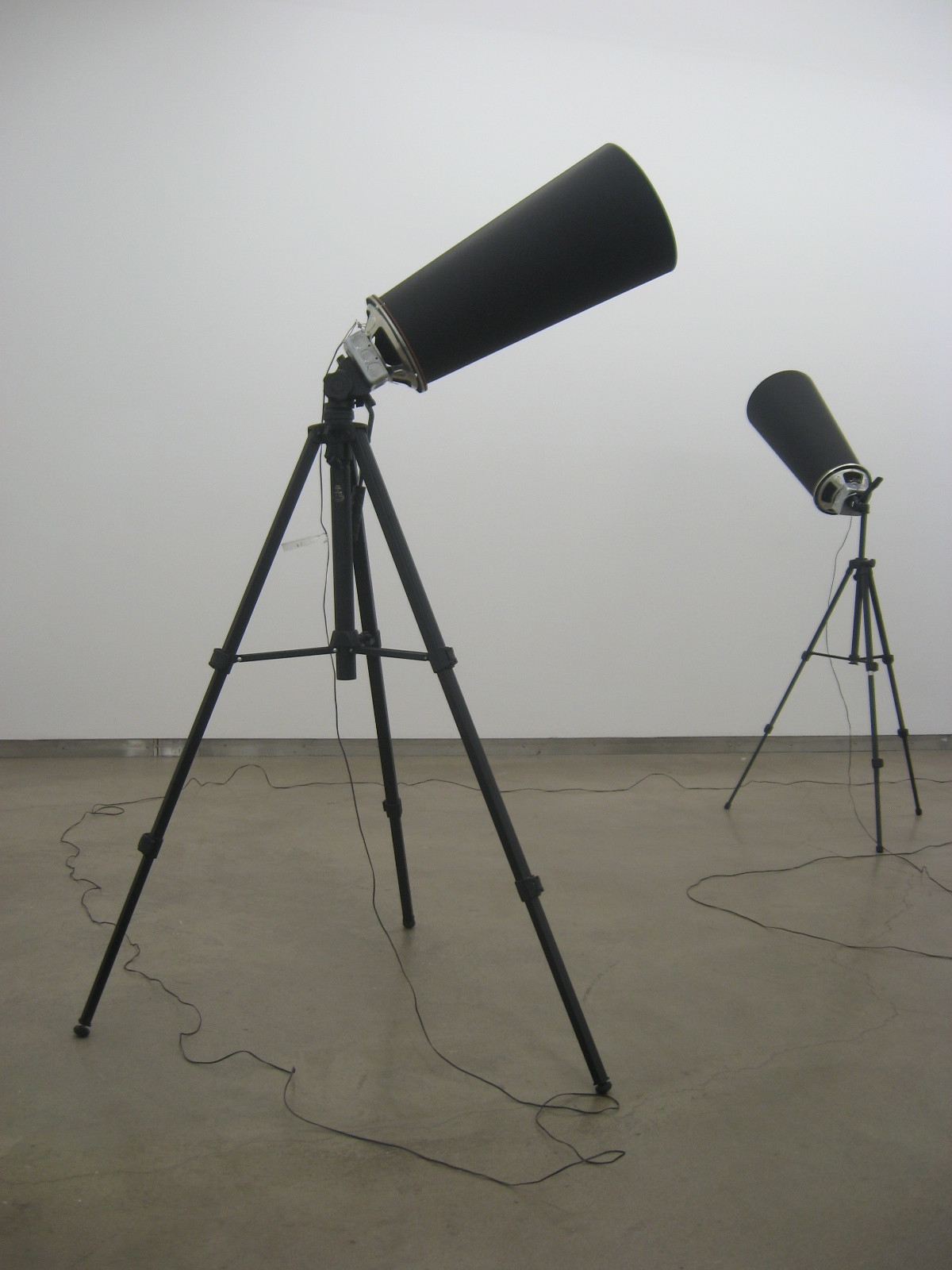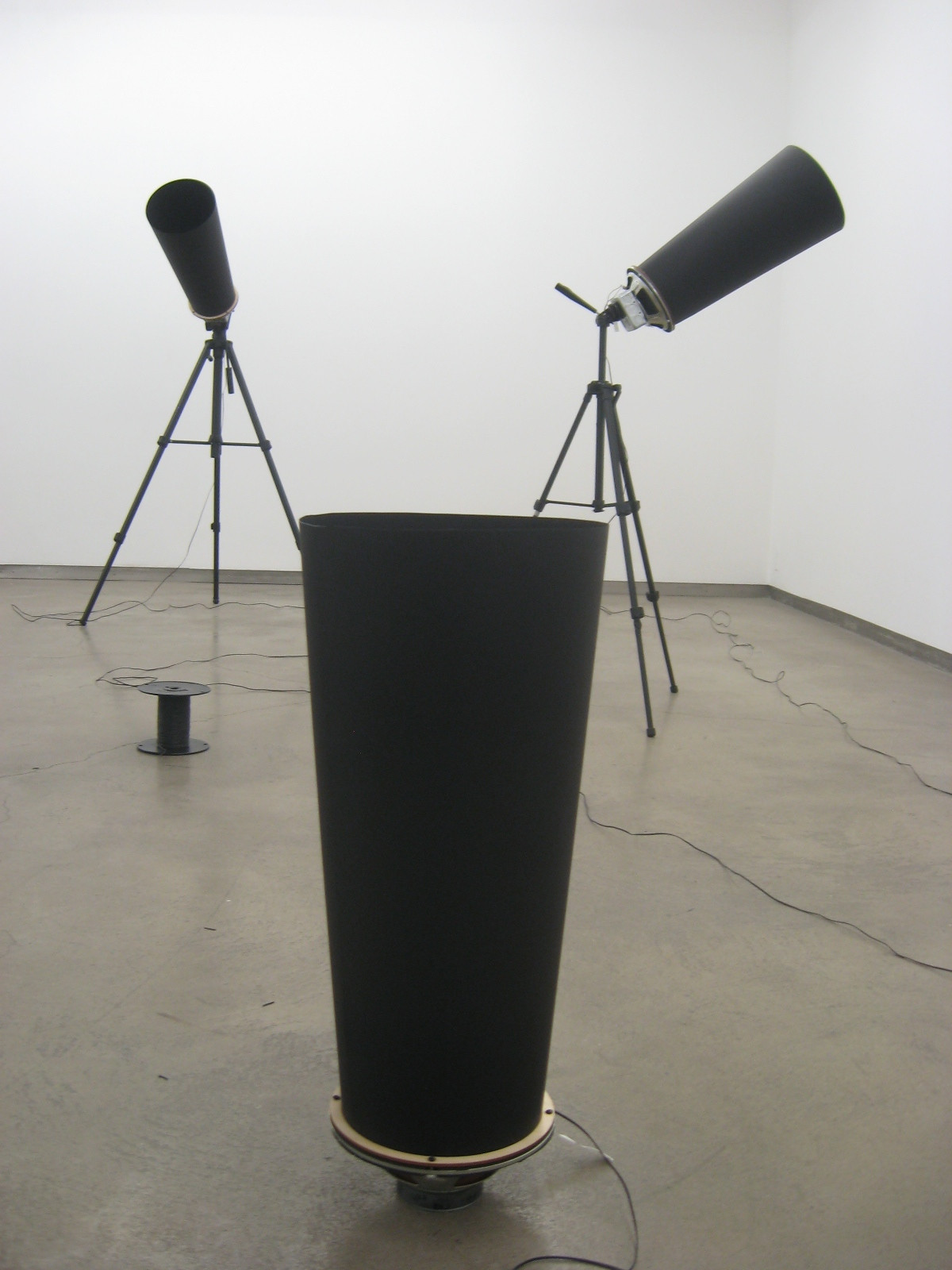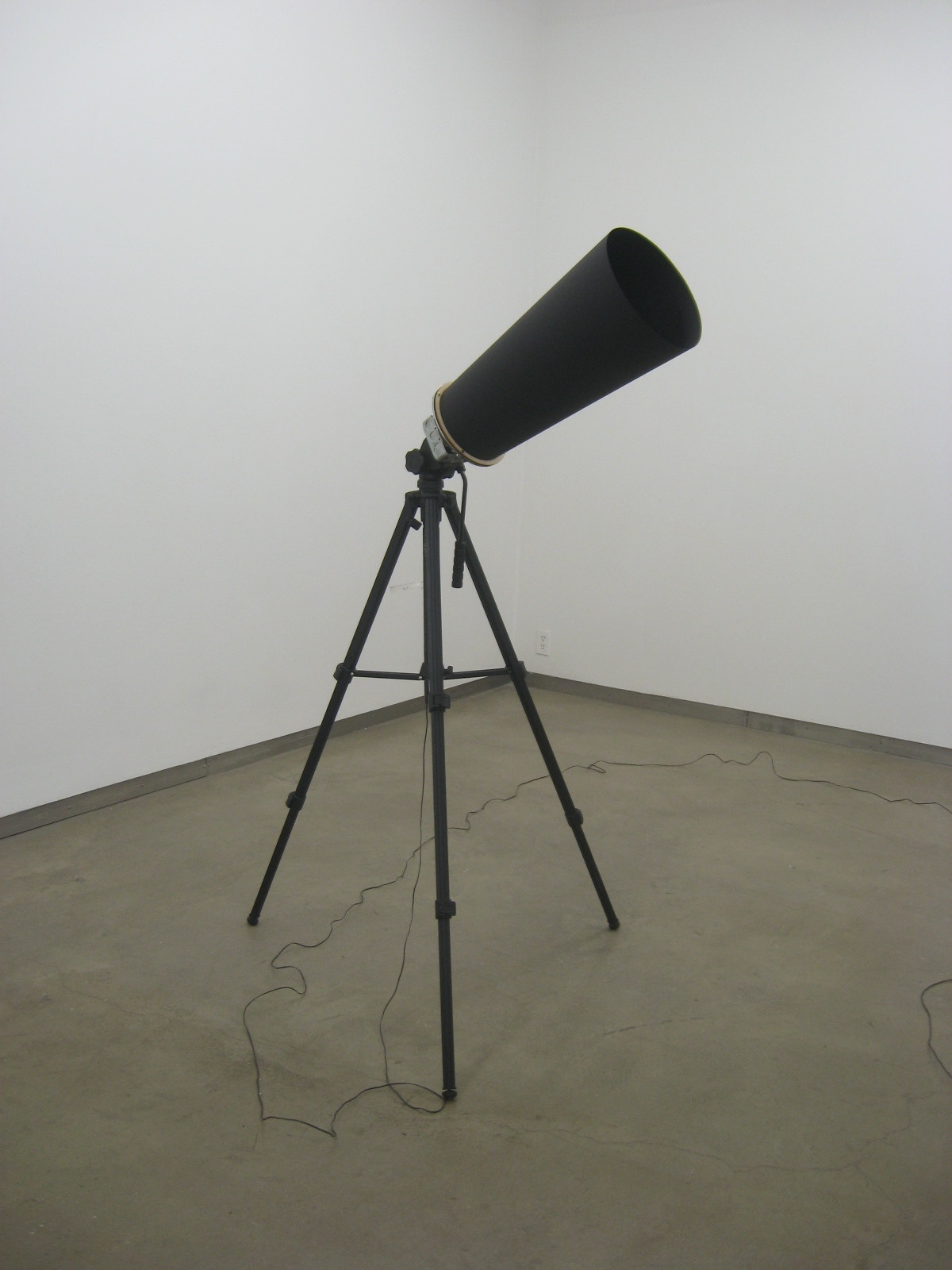



For Romantic Fantasy is both precursor to and extension of a project called Performance Prescriptions (2009) “an apothecary of actions prescribed for audience-identified ailments”. With Prescriptions, Loveless invited her community to tell her their perceived ailments, whether “psychic, physical, or psychological,” for which she would then prescribe curative actions. Most of her cures involved the voice: she proposed learning non-human languages, speaking to trees, to a body part, or to the dead.
For Romantic Fantasy was a self-prescription, and offers Loveless’ own voice repeating the heteronormative song of optimistic longing, “Some Day My Prince Will Come”, with increasing loss of linguistic intelligibility. Produced through digital time shift and documenting her attempts to master these new sounds, For Romantic Fantasy is played out in multiple speakers and in increasingly slower time signatures until the voice moves well beyond language. Its process is evocative of Alvin Lucier’s germinal project, I am Sitting in a Room, wherein he recorded, played back and re-recorded a simple text spoken by himself until the text itself was lost. His didactic language is replaced with that of the resonant and formant frequencies in the room caused by the interrelation of the subject voice, the recording device’s capabilities and the architectural volume and material, or acoustics, of the room in question. Loveless has fully engaged the spatial here in the form of physical installation, but has replaced the recording device as the interlocutor, and does not activate the acoustic phenomena of the architecture to perform the work. Instead, the handmade speaker structures and their orientation within the room hint at both the complexity of location and the difficulty of making a sound, and assert the nature of the exhibition as a constructed and deeply coded site. It is with this distinct series of actions that Loveless places the act of listening at the forefront of the work, and importantly, the first listener is herself. This unique subject position offers up the individual as literally polyphonic as she dismantles a seemingly antiquated and prescriptive text into the sonorous.
“…what secret is at stake when one truly listens, that is, when one tries to capture or surprise the sonority rather than the message?” … jean-luc nancy, listening, p5
In this exploded view she also implicates the environs, the spaces and the tools of both construction and delivery in her engagement of the Disney song, shifting the focus from individual performance to the range of reception. Transforming the textual message of the original lyrics into overt vocalization asserts more fully the spatial nature of song. To sing, the body must physically shift the boundaries of acoustical space within the throat and expand its potential for breath - it must change its own parameters. It is within this complex series of registers: the physical, sonic, spatial, and the social, that Loveless engages the tireless refrain of prescriptive coupling and masculine saviours, but she performs the dismantling of the ideas with a display of coded feminine powers, one of which is the double bind of embodiment. Her occupation of space begins an undoing and invites us into experience.
Biographies
Stephanie Loveless is a Montréal-born artist, who currently lives and works in upstate New York. With a MFA from Bard College and a MFA from Rensselaer Polytechnic Institute, her sound, video and performance works have been presented widely in festivals, galleries, museums and artist-run centers in North America, South America, Europe and the Middle East. She is the recipient of awards from Kodak, the International Festival of Cinema and Technology, and the Malcolm S. Morse Foundation. Loveless has completed residencies at Centro Mexicano para la Musica y las Artes Sonoras (Morelia, Mexico), the Coleman Center for the Arts (York, Alabama), and Studio XX (Montréal, Québec).
jake moore is an intermedia artist, educator, and exhibition maker. Her interest in social and cultural organization has lead to arts administration positions in organizations as varied in size and intention as MAWA (Mentoring Artists for Women’s Art) in Winnipeg and most recently as Director of the FOFA Gallery at Concordia University for the past five and a half years. She works with any medium necessary to produce intricate yet minimal site installation with a particular fascination for the material nature of media and the communicative potential of material. She considers her primary medium to be space and its occupation.
Curator
jake moore
